 Air sealing the building envelope is one of the most critical features of an energy efficient home. As new homes grow increasingly tighter to achieve ever higher levels of energy efficiency, the potential for indoor air pollution also increases.
Air sealing the building envelope is one of the most critical features of an energy efficient home. As new homes grow increasingly tighter to achieve ever higher levels of energy efficiency, the potential for indoor air pollution also increases.
Modern Construction
During construction, there are hundreds of penetrations through a typical home’s exterior. These gaps and holes are often incurred during framing, and from penetrations for wiring, plumbing, and ducts. Air leakage accounts for 25–40% of the energy used for heating and cooling in a typical home. To make a home energy efficient, these gaps and holes are closed and insulated to prevent the loss of conditioned air.
Indoor Air Quality Concern
Good indoor air quality is achieved by reducing or eliminating sources of indoor air contamination and providing sufficient fresh air through the heating and ventilation system. While older homes were not energy efficient, they typically did not have problems with indoor air quality because they allowed for fresh air to freely circulate within the home.
As new homes grow increasingly tighter to achieve ever higher levels of energy efficiency, potential indoor air pollution also increases since many conventional building materials emit volatile organic compounds like formaldehyde. While energy efficiency is important, gains in energy efficiency, especially in new homes, should not come at the expense of deterioration of indoor air quality and corresponding adverse health impacts.
Source Elimination and Control
The best way to address indoor air pollution is through aggressive source elimination and control. Pollution should be prevented or reduced at the source whenever feasible.
- Building materials: If you are having the home constructed or remodeling your home select materials that do not emit volatile organic compounds.
- HVAC System: Make sure your HVAC system distributes the minimum level of outdoor air throughout the home using whole-house mechanical ventilation.
- Sealing Air Ducts: Sealing ducts can help improve indoor air quality by reducing the risk of pollutants entering ducts and circulating through your home as well as preventing the loss of conditioned air.
- Air Duct Cleaning: Ventilation systems distribute the air you breathe. Have the air ducts and HVAC system professionally cleaned to remove construction debris and pollutants.
- Monitor use of household cleaning supplies: Some household chemicals can be extremely dangerous. Choose environmentally safe cleaning supplies, and make sure that the area is well ventilated.
- Check exhaust systems: Make sure exhaust fans are clean and unobstructed. Exhaust systems are responsible for removing moisture, odors, fumes, and carbon monoxide.

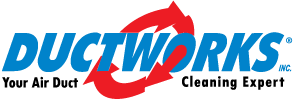
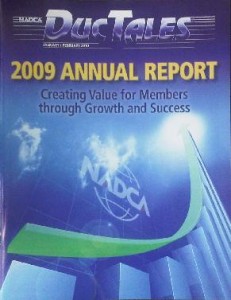 NADCA Member Ductworks Appears on Cable TV Show
NADCA Member Ductworks Appears on Cable TV Show Ensuring good indoor air quality is easy once you have an understanding of the components that effect your homes environment. Using the steps below, perform a quick checklist to improve your indoor quality.
Ensuring good indoor air quality is easy once you have an understanding of the components that effect your homes environment. Using the steps below, perform a quick checklist to improve your indoor quality. Qualified air duct cleaning contractors employ a variety of different power, pneumatic and hand tools when cleaning air ducts. While there are numerous types of equipment used in the air duct cleaning industry, the job site to a large extent, defines what air duct cleaning tools will be used.
Qualified air duct cleaning contractors employ a variety of different power, pneumatic and hand tools when cleaning air ducts. While there are numerous types of equipment used in the air duct cleaning industry, the job site to a large extent, defines what air duct cleaning tools will be used.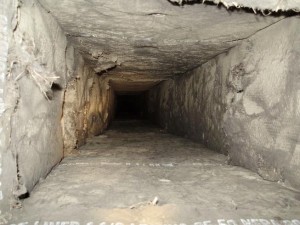 Most commercial air duct systems are internally lined with fiberglass duct liners. Deteriorating fiberglass duct liner is a very common cause for indoor air quality complaints and adverse health effects.
Most commercial air duct systems are internally lined with fiberglass duct liners. Deteriorating fiberglass duct liner is a very common cause for indoor air quality complaints and adverse health effects.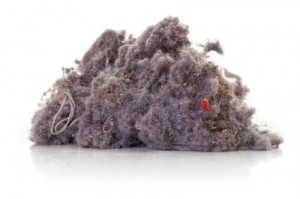 Dust is a combination of pollen, plant and mold spores, pet dander, human skin, lint, bacteria, and other contaminants. While any of these can affect breathing and allergies, dust mites can be a particular problem.
Dust is a combination of pollen, plant and mold spores, pet dander, human skin, lint, bacteria, and other contaminants. While any of these can affect breathing and allergies, dust mites can be a particular problem. Pigeon problems have devastating effects on the heating and cooling components and indoor air quality of a commercial facility. Pigeon problems affect employees, maintenance personnel and potentially customers.
Pigeon problems have devastating effects on the heating and cooling components and indoor air quality of a commercial facility. Pigeon problems affect employees, maintenance personnel and potentially customers.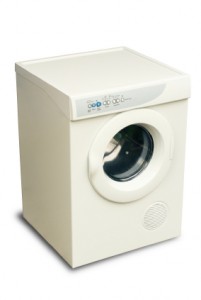 A clothes dryer works by forcing hot air through a turning drum. Wet clothes placed in the drum are then dried by the moving hot air. It is possible for a full load of wet clothes to contain as much as one and a half gallons of water from a typical load of laundry. Lint is created from the clothes as the water is removed and the clothes dry. Overtime as air passes through this exhaust line the lint collects in the screws, bends and elbows and walls of the air duct.
A clothes dryer works by forcing hot air through a turning drum. Wet clothes placed in the drum are then dried by the moving hot air. It is possible for a full load of wet clothes to contain as much as one and a half gallons of water from a typical load of laundry. Lint is created from the clothes as the water is removed and the clothes dry. Overtime as air passes through this exhaust line the lint collects in the screws, bends and elbows and walls of the air duct. Evidence has shown that the air within homes and other buildings can be more seriously polluted than the outdoor air. Several factors contribute to poor indoor air quality that can be easily controlled. Follow these simple tips improve your indoor air.
Evidence has shown that the air within homes and other buildings can be more seriously polluted than the outdoor air. Several factors contribute to poor indoor air quality that can be easily controlled. Follow these simple tips improve your indoor air.